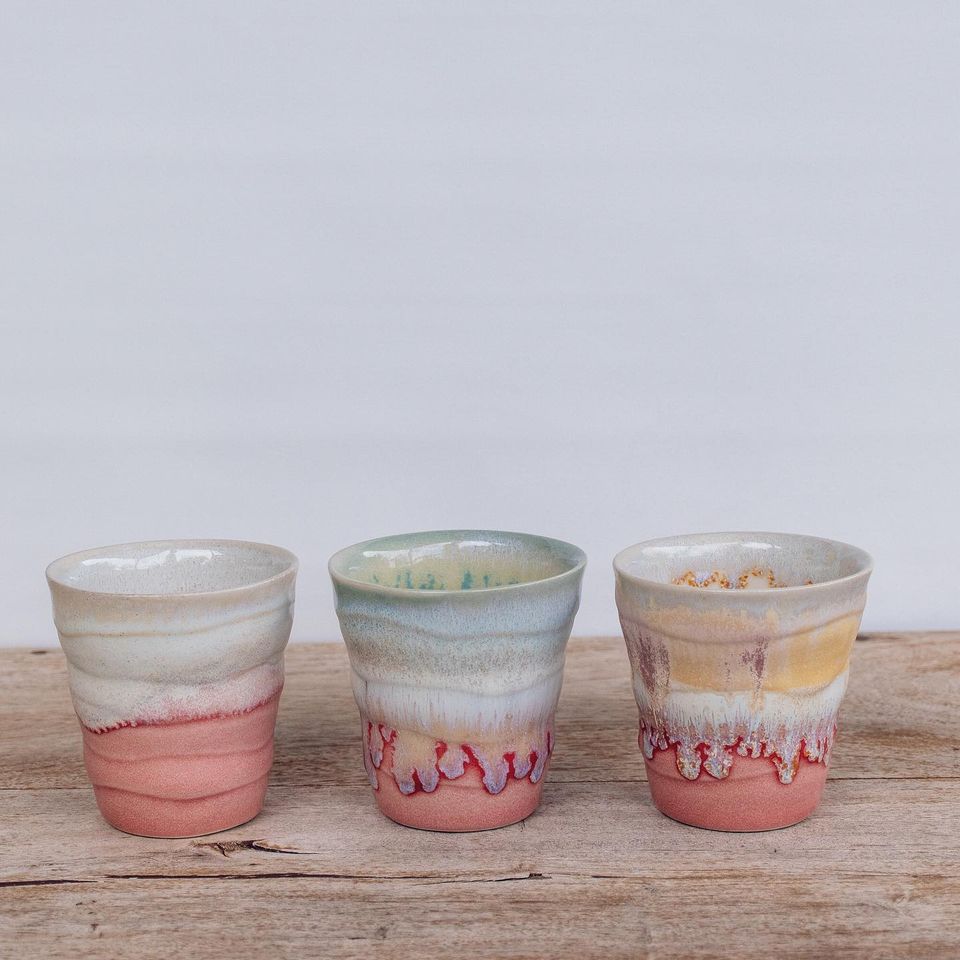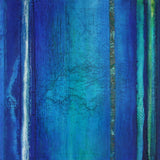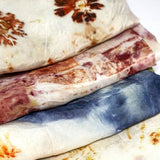
Annemieke Mulders
Annemieke Mulders studied and worked in science while taking evening classes in art. About ten years of sculpture with Cor Dam in Delft, the Netherlands, various painting classes since her move to Australia in 1999, and more recently various pottery and ceramic classes.
Annemieke is driven by a need to understand things that puzzle her. In the past this motivated her scientific research. Now it motivates her ceramic art practice. She aims to understand the tension between the orderly and the regular on one hand, and the chaotic and the extreme on the other. She seeks to create something meaningful by combining both.
For her functional ware, Annemieke makes symmetric shapes in clay and distorts them in a controlled manner, and uses those to make bowls and cups. She finds the shapes that emerge fascinating as they combine the artificial symmetric form with the plastic distortion of the clay. Afterwards she may carve the surface, add on pieces of clay or combine items together.
Annemieke develops glazes that remain vibrant after the high firing temperature necessary for durable functional ware. Her aim is to create a surface where the layered glazes interact with the carved surface and start to resemble an abstract painting. Using a palette that is inspired by the amazing coast and outback Australian landscape.
For her more sculptural work, Annemieke explores the border and shared space of order, chaos, function, asymmetry and beauty. She creates something that seeks to be all of these things at the same time, evolving and changing in front of you. She uses discarded vessels that are changed by cutting, rearranging or breaking part of its surface. This process of destruction and building up creates a form that is simultaneously fragile, robust, complex and simple. This inherent contrariness demands questioning and defies simple categorisation.
Annemieke further explores these concepts in context of the Australian landscape, and places her installations in national parks and beaches, where they interact with their surroundings.
Made in Western Australia.




0 comments